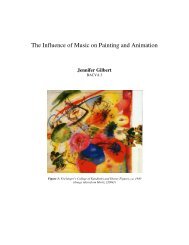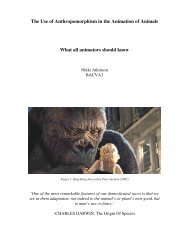An exploration into colour symbolism as used by - National Centre ...
An exploration into colour symbolism as used by - National Centre ...
An exploration into colour symbolism as used by - National Centre ...
You also want an ePaper? Increase the reach of your titles
YUMPU automatically turns print PDFs into web optimized ePapers that Google loves.
In Medieval times, flags of Islam were either plain black, white or red in <strong>colour</strong>. Black w<strong>as</strong><br />
<strong>as</strong>sociated with vengeance, and w<strong>as</strong> also believed to be the <strong>colour</strong> of the Prophet<br />
Mohammed’s banner. In the Middle E<strong>as</strong>t, the Islamic religion restricted the traditional <strong>colour</strong>s<br />
to red, white, green and black with the result that these are the main <strong>colour</strong>s seen in flags of<br />
Arabic countries, usually in combinations of three (Feisner 2000, see Figure 6).<br />
a) Afghanistan b) United Arab Emirates c) Iraq d) Egypt<br />
Figure 6: Flags of Muslim countries,<br />
showing the four traditional <strong>colour</strong>s of Islam<br />
When the early leaders of the United States first designed the Stars and Stripes, they b<strong>as</strong>ed the<br />
<strong>colour</strong>s on those of the Union Jack. Furthermore, the <strong>colour</strong>s of the Great Seal were<br />
specifically selected for their symbolic values: white stands for innocence and purity; red for<br />
hardiness and valour; and blue for vigilance, perseverance and justice (Feisner 2000, see<br />
Figure 7).<br />
Figure 7: The Great Seal of the United States<br />
©Laura Dilloway, NCCA 2006 11










